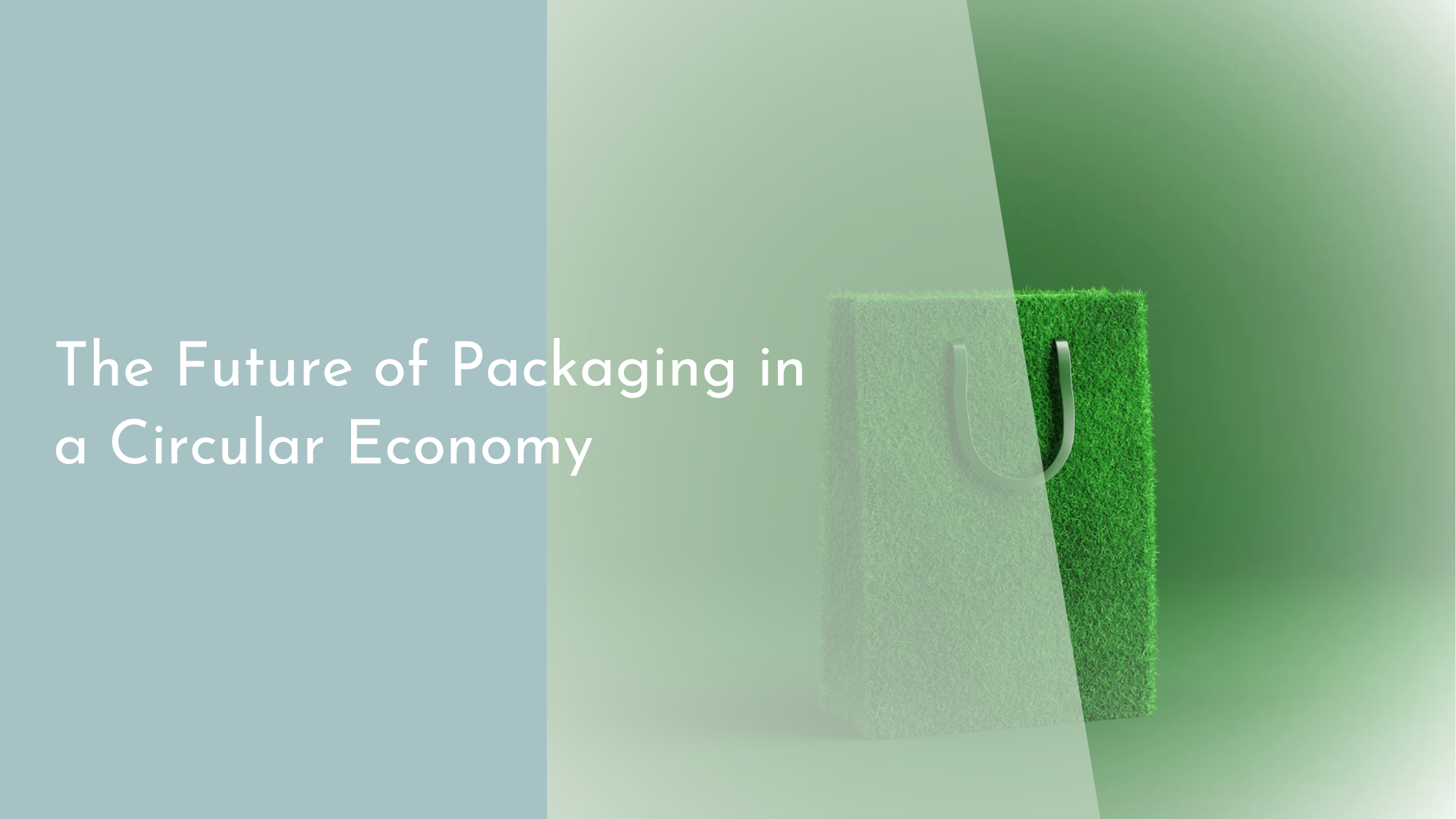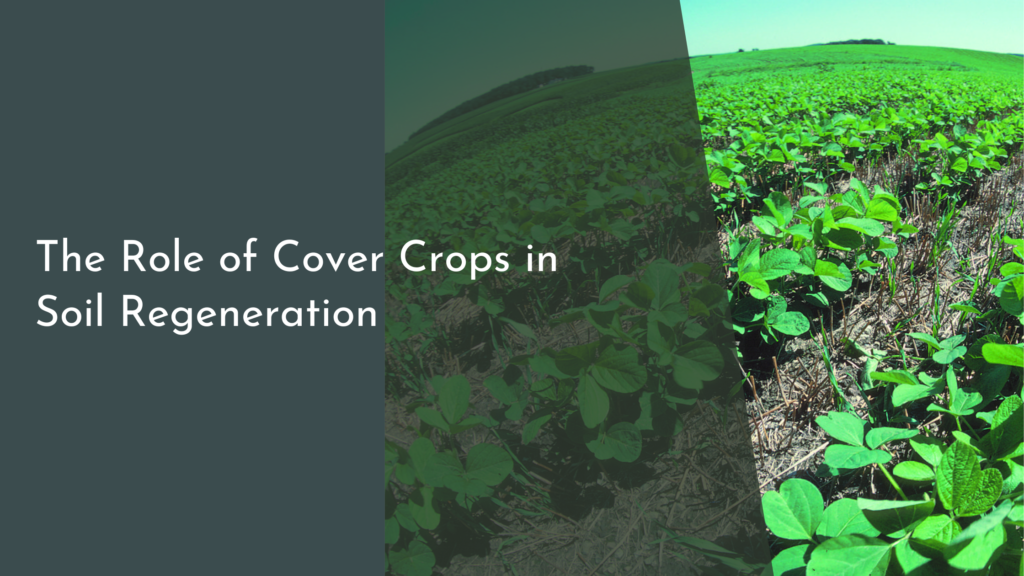The Future of Packaging in a Circular Economy
The packaging industry is undergoing a transformative shift as the world moves towards a more sustainable and eco-friendly future. With the pressing need to address environmental concerns, the concept of a circular economy has emerged as a promising solution. This approach aims to minimize waste and make the most of resources by creating closed-loop systems where products, materials, and resources are reused, recycled, and regenerated. In this article, we explore the future of packaging in a circular economy, focusing on innovations, consumer roles, and the challenges and opportunities that lie ahead.
Innovations Driving Circular Packaging Solutions
The packaging industry is witnessing a surge of innovations that are pivotal in driving circular solutions. One significant development is the advent of biodegradable and compostable materials. Innovations in material science have led to the creation of packaging that can break down naturally without leaving harmful residues, offering a sustainable alternative to traditional plastics. These materials are often made from plant-based sources such as cornstarch, sugarcane, or cellulose, providing a renewable resource that reduces dependency on fossil fuels.
Another noteworthy innovation is the rise of smart packaging technologies. These include advanced tracking systems and sensors that can monitor the condition and lifecycle of a package. By providing real-time data, smart packaging enhances the traceability of materials, ensuring that they are reused or recycled appropriately. Additionally, digital platforms that utilize blockchain technology are being developed to create transparent and efficient reverse logistics systems. These systems help streamline the process of collecting, sorting, and recycling packaging materials, thus closing the loop and supporting a circular economy.
The Role of Consumers in Sustainable Practices
Consumers play a crucial role in the success of a circular economy by adopting sustainable practices and making informed choices. One way consumers can contribute is by supporting companies that prioritize sustainable packaging. By choosing products with eco-friendly packaging, consumers create a demand for circular solutions, encouraging businesses to invest in greener alternatives. Awareness campaigns and educational initiatives can further empower consumers to make environmentally responsible decisions and understand the importance of reducing, reusing, and recycling packaging materials.
Moreover, consumers can actively participate in recycling programs and initiatives that promote the collection and processing of recyclable packaging. Properly separating waste and following local recycling guidelines ensure that materials are processed efficiently and re-enter the production cycle. As consumers become more engaged in these practices, they contribute to reducing the environmental impact of packaging waste. By embracing a mindset of sustainability, individuals collectively drive the transition towards a circular economy, leading to a healthier planet for future generations.
Challenges and Opportunities in Circular Packaging
Despite the promising advancements, challenges remain in implementing circular packaging solutions on a large scale. One of the primary obstacles is the lack of infrastructure and standardized systems for collecting and processing recyclable materials. Many regions still struggle with inadequate recycling facilities, leading to inconsistent recycling rates and contamination of recyclable streams. Addressing these issues requires collaboration between governments, industries, and communities to invest in infrastructure and develop cohesive policies that support circular practices.
On the flip side, these challenges present opportunities for innovation and collaboration. The growing awareness and demand for sustainable packaging have spurred investment in research and development to discover new materials and technologies. Companies are partnering with startups, research institutions, and NGOs to pioneer solutions that address current limitations. Furthermore, there is potential for job creation in the green economy sector, as the need for skilled professionals to manage and operate new recycling systems and processes grows. By embracing these opportunities, the packaging industry can accelerate the transition to a circular economy.
Embracing a Greener Tomorrow: Conclusion
The future of packaging in a circular economy is bright, marked by continuous innovation and collaboration. As industries, consumers, and policymakers work together to overcome challenges and seize opportunities, a more sustainable and resilient packaging system can emerge. Embracing these changes not only benefits the environment but also paves the way for economic growth and social well-being. By committing to a circular approach, we can create a greener tomorrow where resources are maximized, waste is minimized, and the planet thrives for generations to come.


